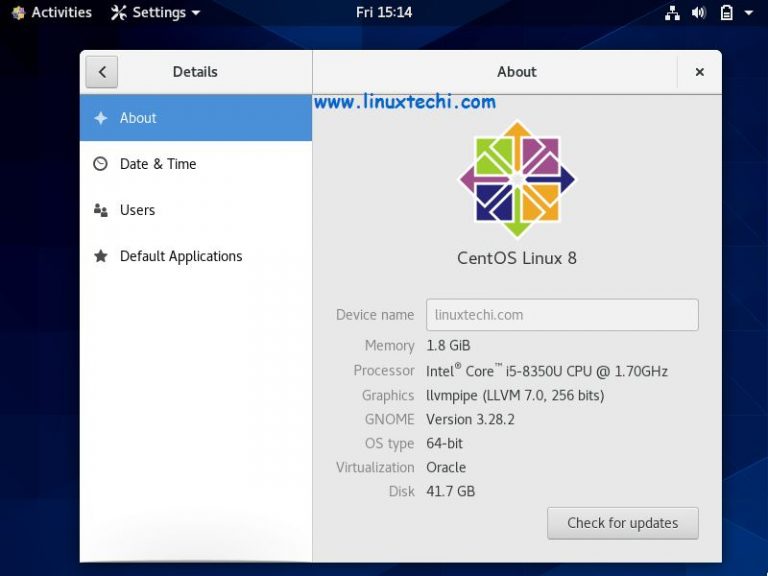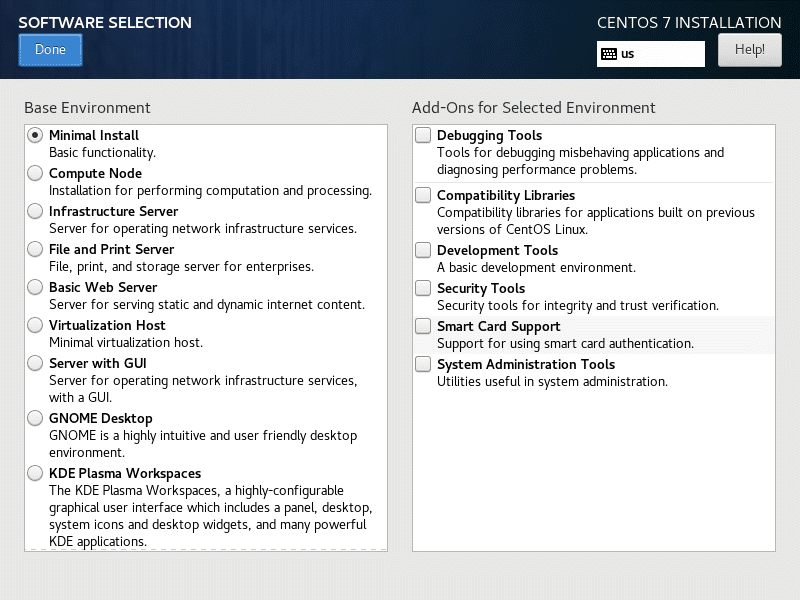

Htop is well known on Linux for its ability to show us the system processes in a fairly simple way and in the terminal. When finished, you can run it using this command. Now you can install htop using the command sudo dnf install htop 1.- Install htop

You will see an output screen like this: Last metadata expiration check: 0:00:13 ago on Mon 09:57:29 PM UTC.ĭescription : htop is an interactive text-mode process viewer for Linux, similar to

sudo dnf install epel-releaseĪfter the EPEL repository is enabled on the system, you can search for information about the package. If not, you have to add it with the following steps. Thereafter, you have to make sure that the EPEL repository is on the system. So, the first thing we have to do is to update the system completely: sudo dnf update This situation does not prevent us from installing it on the system without too many steps. Htop is not present in the official CentOS 9 Stream repositories. Of course, we can install it on CentOS 9 Stream and if you continue reading you will learn how to do it. This makes it possible to quickly and with a single command to have the system information and its consumption through processes. One of the great advantages of using htop is that it is very light, and we can run it in the terminal. It also shows us the state of memory, swap, and CPU consumption. htop is a small application that shows us the processes and allows us to manage them. To do the above, we have the little giant htop. However, it is always a good idea to keep an eye on it to know if an application is consuming too much or if we need to manage a certain process. Generally and with today’s computers, we don’t need to make a lot of mind to the number of resources that the computer spends. In this post, you will learn how to install HTOP on CentOS 9 Stream.


 0 kommentar(er)
0 kommentar(er)
